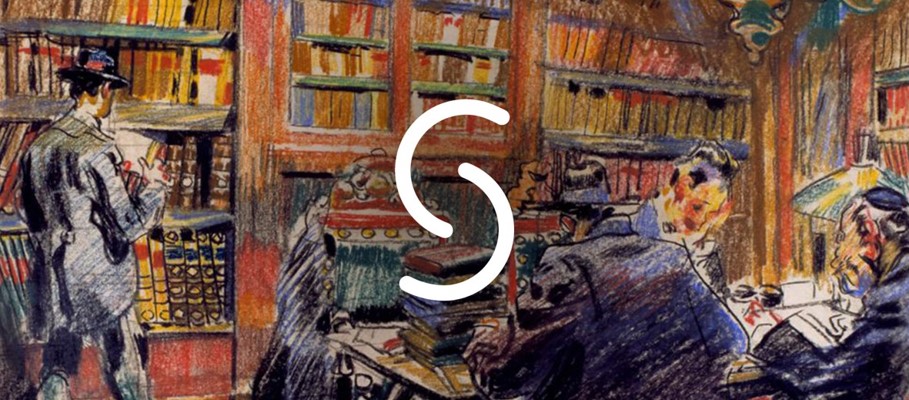-
Country
-
JM
-
Language of name of institution
-
eng
-
Contact information: postal address
-
Corner of King and Manchester Streets, Spanish Town, Saint Catherine
-
Contact information: phone number
-
001 (876) 984-5001
001 (876) 984-2581
-
Contact information: email
-
jarchives@jard.gov.jm
-
Reference number
-
1B/11/16
-
Type of reference number
-
Archival reference number
-
Title (official language of the state)
-
Public Central Records: Manumission of Slaves
-
Language of title
-
eng
-
Creator / accumulator
-
Colonial Secretary’s Office
-
Date(s)
-
1747/1838
-
Language(s)
-
eng
-
spa
-
Extent
-
70 volumes (4 volumes are missing)
-
Type of material
-
Textual Material
-
Scope and content
-
The Manumission of Slaves registers contain certificates (deeds) of freedom for free people of “colour” (black or mixed-race). According to Jamaican law, “free people of colour” had to prove their freedom from slavery. The Manumission Registers in the Island Secretary’s Office recorded this information. The Collection comprises 70 bound registers. It contains records of persons freed in the following parishes: Clarendon, Hanover, Kingston, Manchester, Port Royal, Portland, St. Andrew, St. Ann, St. Catherine, St. David, St. Dorothy, St. Elizabeth, St. George, St. James, St. Mary, St. Thomas in the East, St. Thomas in the Vale, Trelawny, Vere and Westmoreland.
Among these records is information regarding enslaved people with Jewish surnames or who had been owned by Jewish owners. The following are some examples collected by Eli Faber (2000):
1B/11/8/9/14: the marriage of Mary Mendes Pereira on July 2, 1808.
1B/11/8/1/2: the marriage of George Lindo to Ann Lindo on April 6, 1815. They resided in the property of Abraham Alexandre Lindo in the parish of St. Andrew.
1B/11/6/5: includes slave manumissions by Jewish owners for 1747-55.
-
Archival history
-
The Jamaica Archives and Records Department had its beginnings in the Island Secretary’s Office (ISO), established in 1659 as the administrative and record-keeping arm of the Colonial Government. The Island Secretary’s Office was dismantled in 1879, and some of its functions were transferred to the Island Records Office (IRO) in Spanish Town under the Records Law of that year. As a Government Department, the Jamaica Archives began in 1955 with the establishment of an Archives Section in the Island Records Office and the appointment of Clinton Black as government archivist, the first such appointment in the Commonwealth Caribbean. Some of the records transferred to IRO in 1879 became the holdings of the Archives Section and, in 1962, were amalgamated with the historical records of the law courts to form the Jamaica Archives. In 1962, the records in the Archives Section were moved to the new building specifically erected to house them at the corner of King and Manchester Streets, Spanish Town.
The Jamaica Archives remained a part of the Island Records Office until 1982 when it became a Department in its own right following the passage of the Archives Act 1982. During the latter half of the 1980s, when records management responsibilities were added to the Department, the Government Records Centre was established in Kingston, and the name of the Department changed to The Jamaica Archives and Records Department (JARD).
The Department serves as the primary repository in the country for the preservation of government records in paper, audiovisual and electronic formats relating to the country’s history and heritage. It collects archival materials relating to Jamaica produced by government ministries, agencies, and departments and persons of national importance as well as churches, charities and other organisations to ensure the preservation of primary materials of cultural value to Jamaica. It provides a research and reference service to the public and disseminates information on the collection to promote interest and knowledge of the nation’s history and culture.
-
(source: The Jamaica Archives and Records Department website)
-
Finding aids
-
Finding aids are available in the archive. They are structured into five main categories: Central Government, Local Government, Statutory Bodies, Private and Ecclesiastical. The indices provide a historical overview of the creating agencies, the types of records included in each collection and their creation date. Individual entries in the indices provide information on the reference number, which derives from one of the main categories of records, the item's description and the date of creation.
-
Author of the description
-
Carla Vieira, 2023
